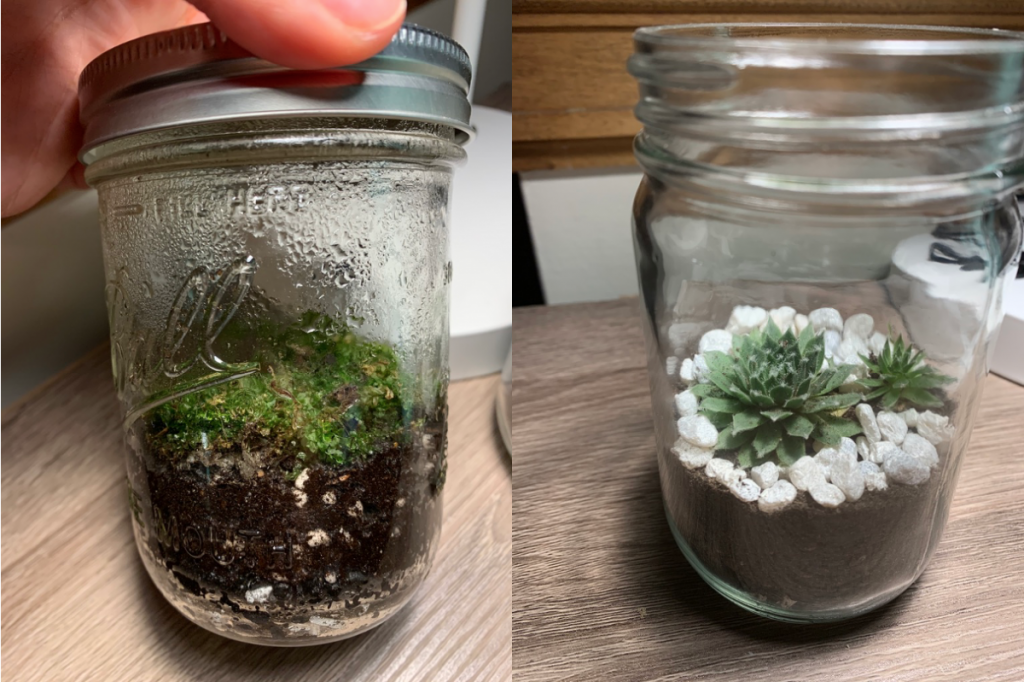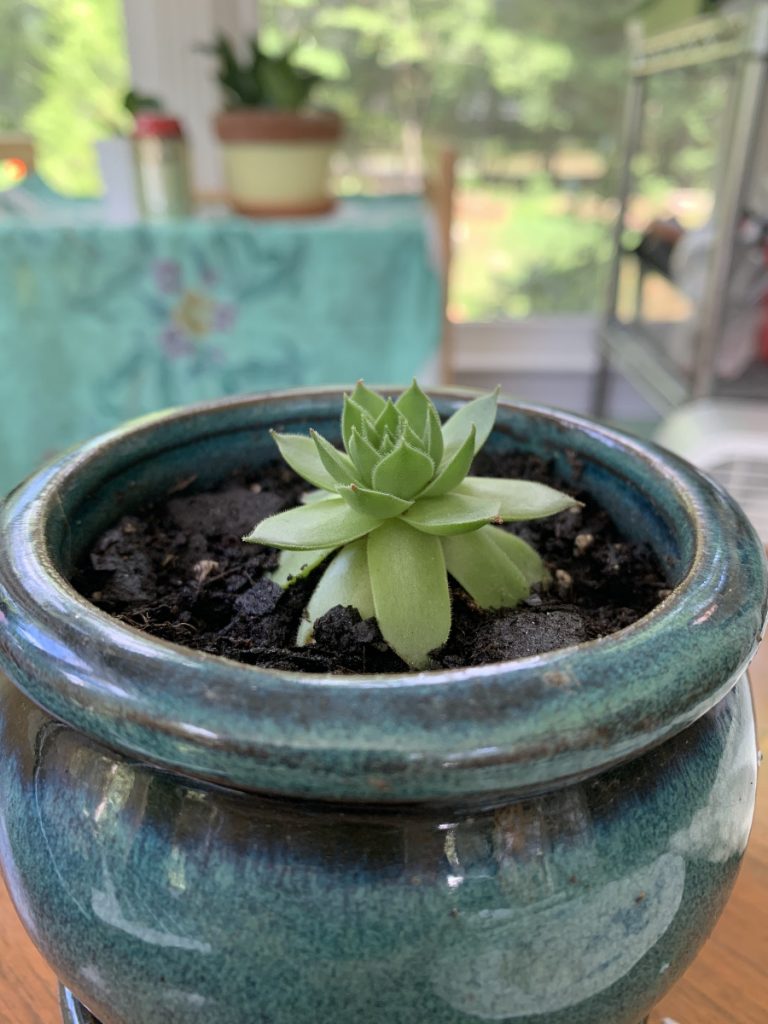Written By Monique Santoso
This week’s activity is air plants! We are so excited to have you participate in an air plant making activity with us!
What are some benefits to air plants? We are so glad you asked!
- Stress Reduction
With midterms behind you and finals ahead of you, we are all slightly on edge. Surrounding yourself with some greenery in your room can really help combat this stress! Psychological research on attention restoration has shown that plants help you focus, which might be exactly what you need! Plus, they make you feel happier, calmer, and more optimistic. This study shows how hospital patients with green spaces and plants were found to recover faster.
- Air Purification
Although we live in Vermont far, far away from the city, one could always have better air quality and lucky for you, air plants help do the job. This study shows how air plants help absorb mercury in the air. No wonder people keep snake plants, spider plants and pothos!
- Easy to Take Care Of!
Air plants don’t need much or any soil to grow, which means that you are mess free! They are epiphytes, which means that they can grow without soil, so long as you provide it with the support structure it needs! Cue wires!
- Very Cute!
Although the aesthetic purposes may not be what you are looking for, you cannot deny how cute they look! (See pictures below). They give you, the designer, a chance to get creative and play around with them!
- Dorm-Friendly Size!
With our dorms being ever so large, we need to save space and look for creative alternatives. Air plants are a great choice! They are soil-free and container free!
All the benefits here are from, and we cite, the Balcon Garden Web, and you can read their article here.

